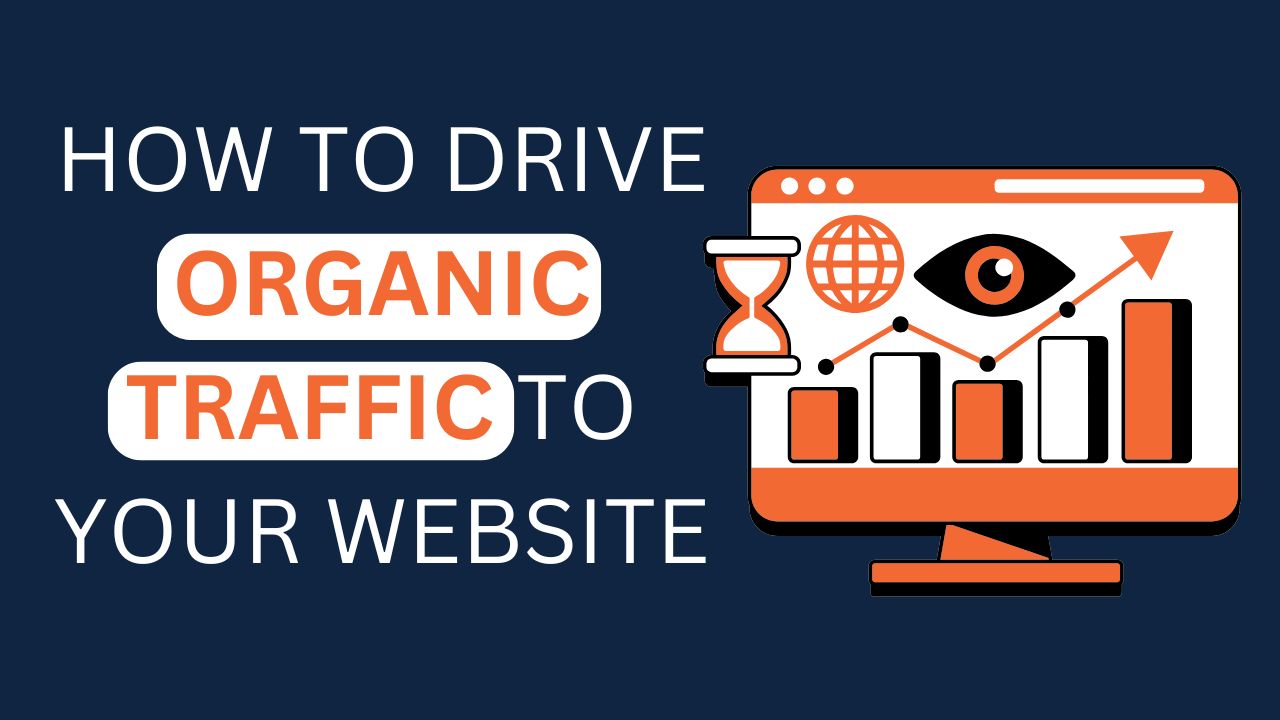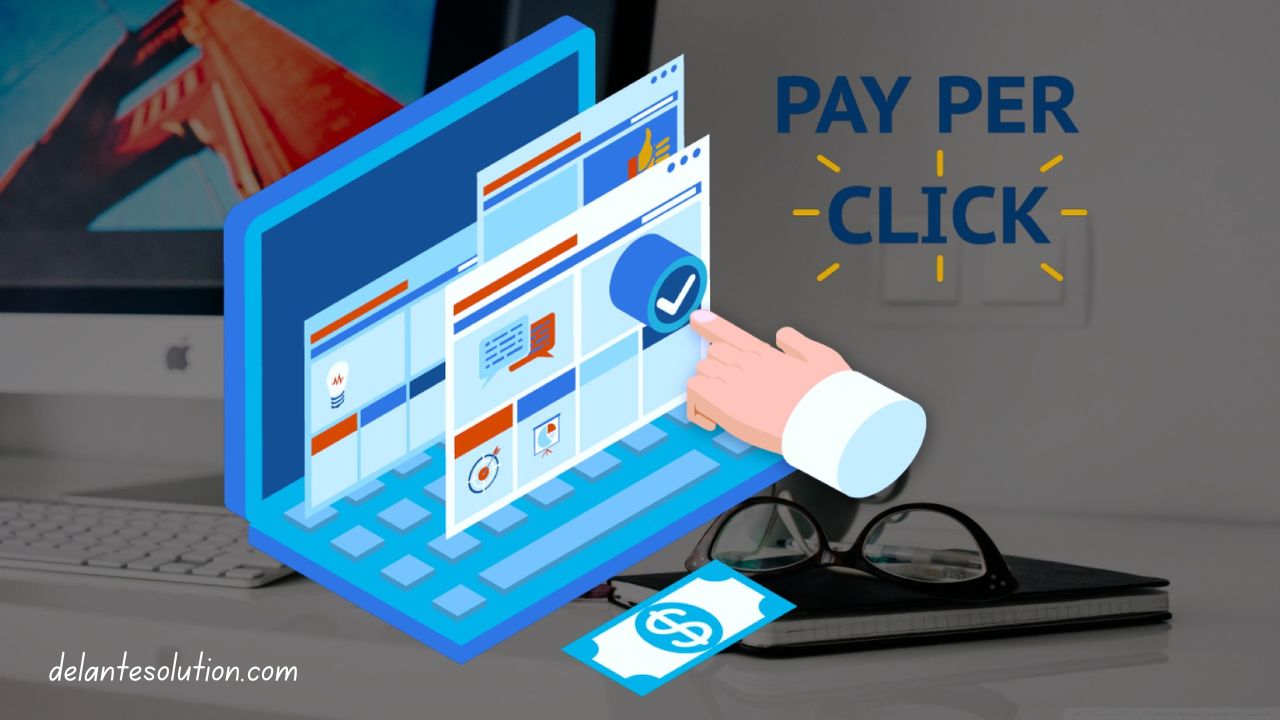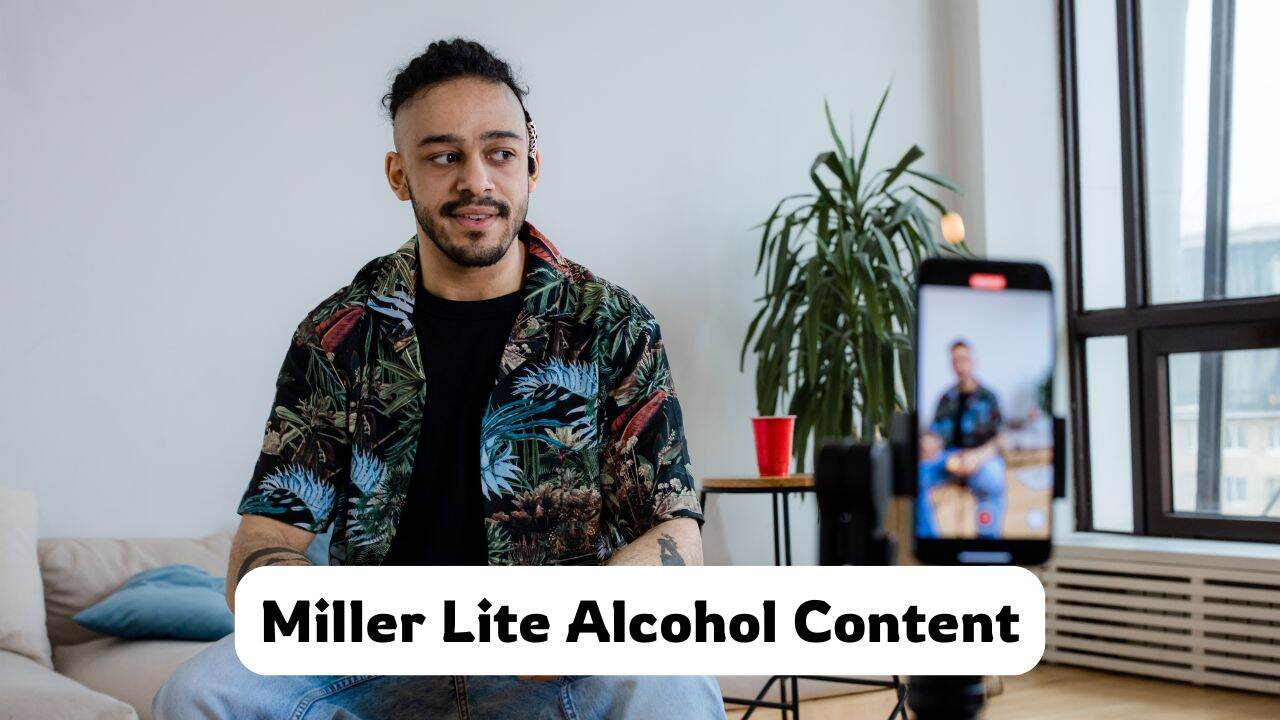Is your website’s organic traffic suddenly dropping? You’re not alone, many websites face this frustrating issue.
Whether it’s an algorithm update or a technical glitch, these drops can hurt your visibility and revenue. But don’t worry!
In this article, we’ll uncover the top 10 reasons websites have a drop in organic traffic and provide actionable solutions to help you regain your position and thrive online.
No matter the focus of your website, traffic = customers.
In search engine terms, higher rankings lead to more traffic, which translates to more customers.
So, when your search ranking or traffic takes a hit, it becomes a significant issue.
Suppose you’re a digital marketer, SEO expert, webmaster, or stakeholder. In that case, it’s likely your responsibility to identify the cause of the decline and find a solution to get things back on track.
Below, we explore the top 10 reasons websites have a drop in organic traffic and how you can prevent or address them.
How to Identify a Drop in Organic Google Search Traffic
You need to track and analyze your website’s performance regularly to address a drop in traffic. This is where KPIs and monitoring tools come in. By using Google’s powerful tools and combining them with others, you can get a complete picture of how your website is performing.
Google Analytics for Tracking Traffic and Conversions
Google Analytics is essential for monitoring your website’s traffic, conversions, and overall performance. It helps you track leads from organic traffic and measure the impact on revenue. For businesses aiming to SEO New York rank with rapid URL indexer, it’s vital to understand the importance of quickly indexing new pages and content.
By identifying high-performing pages, you can adjust your marketing strategy to capitalize on what’s working.
Setting up Google Analytics from the outset is crucial, especially when launching a new website or redesigning an existing one. This allows you to collect data from day one.
If you notice a drop in traffic, the first step is to determine whether it’s affecting your SEO traffic, specific pages, or your site as a whole. Depending on the situation, the solution will differ.
Keep in mind that Google Analytics data is less granular compared to Google Search Console. For a more accurate view, it’s best to use both tools together for comprehensive insights.
Google Search Console for Monitoring KPIs
Google Search Console is another critical tool for SEO. It provides in-depth insights into the performance of your website, including keyword rankings, traffic-driving pages, click-through rates (CTR), and backlinks.
With Google Search Console, you can:
- Identify which keywords bring the most traffic.
- Track your ranking for strategic keywords.
- Assess CTR for various pages and adjust title/meta tags if necessary.
- Monitor backlinks to evaluate the effectiveness of your link-building strategy.
Additionally, Search Console helps you identify crawl errors, issues with your sitemap or robots.txt file, and any penalties or security breaches.
Ranking Monitoring Tools
Tracking your rankings regularly is essential for spotting drops in traffic. Tools like Ahrefs, SEMrush, Google Search Console, and others can help you monitor the performance of your target keywords. Setting up alerts for significant drops will allow you to address issues promptly.
Top 10 Reasons Websites Have a Drop in Organic Traffic
A drop in organic traffic can be concerning for website owners, and there are several factors that could contribute to this decline.
Top 10 Reasons Websites Have a Drop in Organic Traffic often include changes in search engine algorithms, technical issues, or even poor user experience.
Other factors such as increased competition, content quality, or a drop in backlinks can also play a significant role.
Additionally, issues like slow page speed, mobile optimization problems, or a lack of fresh content can affect rankings and, in turn, organic traffic. Understanding these common reasons is essential for diagnosing and addressing traffic loss effectively.
1. Google Algorithm Updates
Google updates its algorithms frequently, often over 1,500 times a year. If you notice a sudden drop in traffic, it could be due to an algorithm update.
While Google announces some updates, the details of the changes are often unclear until the impact is visible. If you’re affected, you may experience a ranking drop or, in some cases, even de-indexing.
To minimize the impact of algorithm changes, focus on creating a user-friendly website and high-quality content that aligns with Google’s guidelines.
2. Your Website Is Inaccessible
An inaccessible website is harmful to both user experience and SEO. If your site is down due to server errors or maintenance, Google may penalize your website for being unreachable. Even a short period of downtime can have a negative impact on your rankings.
If your server isn’t ready for sudden traffic spikes, it could crash. This is more common on shared servers, where other websites on the same server may cause issues if they get a lot of traffic.
Some hosting plans will take your site offline if you go over your bandwidth limit. This might happen if your site gets featured on a popular platform.
Frequent downtime can harm your search rankings, so it’s important to ensure your server can handle traffic surges. Studies show that 50% of visitors will leave a site if it takes longer than three seconds to load. A slow website results in a poor user experience and lower rankings.
3. Crawling or Indexing Issues
Ensure that your website is being crawled and indexed properly by search engines. If Google can’t crawl your site, it can’t rank your pages. Check your robots.txt and sitemap.xml files for any issues that could block crawlers.
If your site has a mobile version, also consider whether the Mobile-First Index could be affecting your rankings. Use Google Search Console to identify any crawling or indexing problems.
4. You’ve Been Hit by a Google Penalty
A Google penalty can cause a significant drop in organic traffic. There are two types of penalties: algorithmic (such as Panda, Penguin, and Fred) and manual penalties, which are applied by Google staff.
- Panda Penalty: Applies to sites with low-quality content (e.g., duplicate content or spammy link farms).
- Penguin Penalty: Imposed on sites with excessive or low-quality backlinks.
- Fred Penalty: Targets sites that prioritize ad revenue over user experience or contain too many low-quality links.
If your site has been penalized, Google Search Console can help you identify the issue, allowing you to take corrective action and request a review.
5. Increased Competition
If your competitors are improving their SEO strategies, they could be outranking you, leading to a drop in your traffic. As competition increases, the top positions in search results become harder to maintain.
Traffic can also fluctuate due to seasonal factors. For example, a website selling ski equipment may see higher traffic in the winter months, while a site selling ice cream will peak in the summer. Use Google Trends to track industry-specific seasonal variations and avoid worrying about temporary drops in traffic.
6. Negative SEO
Negative SEO involves harmful tactics, like building low-quality backlinks to your site, to sabotage your rankings. If you notice an unnatural increase in backlinks or a sudden penalty warning, you may be the target of a negative SEO attack.
Regularly audit your website and monitor backlinks to protect your site from such attacks.
7. Hacked Website
A hacked website can significantly affect your SEO. Hackers often exploit vulnerabilities in your site’s security to create spammy content or redirect traffic. Regularly update your website and its plugins to patch security flaws and avoid this risk.
8. Bad Quality Link Penalties
Not all backlinks are equal in Google’s eyes. If you use spammy, outdated, or risky link-building tactics, Google may penalize your website.
Google clearly explains in its Search Console help section on Link Schemes that any links aimed at manipulating rankings are considered low-quality. This includes any attempt to manipulate links to or from your site. Google’s Webmaster Guidelines specifically warn against practices that try to manipulate PageRank.
When it comes to Do backlinks to noindex pages count?, these links typically don’t pass any SEO value, as noindex pages are excluded from search engine rankings. While they may still drive traffic, they won’t help improve your site’s search engine position.
To avoid penalties and improve your organic search traffic, it’s essential to develop a strong, high-quality link-building strategy.
Here are some tips for building good links:
- Fix broken links: Replace outdated or broken links with new, valuable ones.
- Leverage PR: Get mentioned in reputable news articles or online content.
- Create great content: Write high-quality, shareable content and promote it on social media so it can reach a wider audience.
9. Changes in Search Intent or Behavior
Search intent can shift over time, and user behavior may change in response to trends, news, or other factors. Monitor search trends and adjust your content strategy to remain relevant to your audience.
10. Core Web Vitals
Google has stated that additional UX signals and web vitals, such as “Cumulative Layout Shift,” can impact your site’s ranking. These factors focus on the overall user experience and how smoothly a page operates.
How is the user experience on your page?
If your site has frequent layout shifts, it can make navigation frustrating for visitors. Additionally, if there are too many ads or intrusive pop-ups, it can disrupt the user’s flow and negatively affect engagement.
A well-structured, stable layout with minimal interruptions will create a better experience, helping improve your site’s rankings and retain visitors.
How to Respond to a Drop in Google Rankings
If your website experiences a drop in traffic, it’s essential to act quickly to minimize the impact. Here’s what you can do:
- Identify the Cause: Determine whether the drop is due to a technical issue, algorithm update, or other factors.
- Use Alerts: Set up alerts in Google Analytics and Search Console to track significant changes in traffic or rankings.
- Audit Your Site: Regularly audit your website to ensure it meets SEO best practices and is free from issues like poor backlinks, duplicate content, or security vulnerabilities.
- Monitor Competitors: Keep an eye on your competitors and adjust your SEO strategy to stay ahead.
By staying proactive and continuously monitoring your website’s performance, you can address traffic drops quickly and maintain your website’s SEO health.
How to Drive Organic Traffic to Your Website
Driving organic traffic to your website is crucial for long-term success and visibility. Organic traffic comes from search engines, which means you don’t have to pay for each visitor. To increase organic traffic, focus on improving your website’s SEO, creating high-quality content, and optimizing user experience.
Start by performing keyword research to identify terms and phrases your target audience is searching for. Incorporate these keywords naturally into your content, including in headings, titles, and meta descriptions.
Next, focus on creating valuable and engaging content that answers your audience’s questions and provides solutions to their problems. Fresh, informative, and well-written articles, blog posts, and videos can help attract visitors and keep them coming back.
Additionally, ensure your website is technically optimized. This means fast loading times, mobile-friendliness, and easy navigation. A positive user experience encourages visitors to stay longer, reducing bounce rates and boosting rankings.
By focusing on top 10 reasons websites have a drop in organic traffic, you can steadily increase organic traffic and improve your search engine rankings over time.
Key Tips:
- Keyword Optimization: Use relevant keywords in your content and meta tags.
- Content Quality: Publish valuable, informative, and engaging content regularly.
- Technical SEO: Ensure fast loading speeds, mobile optimization, and easy navigation.













